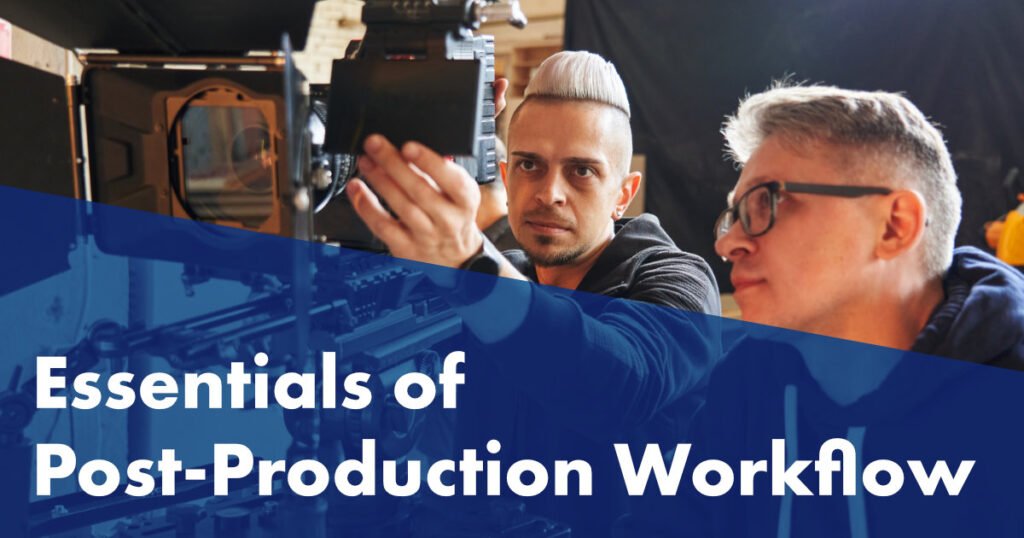The Essentials of Post-Production Workflow


The essentials of post-production workflow vary based on the scale of the project, whether it’s a commercial, film, or online content. This workflow encompasses several critical phases, each contributing to the final product’s quality and effectiveness.
Understanding the Post-Production Pipeline
Post-production begins after the principal photography is completed. It involves a series of steps, starting from organizing and storing raw footage, which is crucial for efficient workflow. Modern solutions like cloud-based platforms facilitate easier access and collaboration, especially for distributed teams. The rough cut marks the initial stage of editing, laying out scenes in narrative order and undergoing revisions based on feedback from the creative team.
Key Phases in the Post-Production Process
- Editing: The process starts with building a rough cut, refining it into a fine cut, and eventually leading to a picture lock, where no further editorial changes are allowed.
- Visual Effects (VFX): Often in parallel with editing, VFX teams work on adding elements like CGI animations, enhancing the storytelling and visual aesthetics.
- Sound Mixing: This involves layering tracks, adjusting volume levels, and ensuring overall sound quality. Tools like Pro Tools and Adobe Audition are commonly used for these purposes.
- Color Grading: This step addresses color inconsistencies and enhances the visual appeal, typically performed once the picture is locked.
- Graphics and Titles: This includes adding opening and closing credits, on-screen graphics, and ensuring proper formatting for release.
Workflow Management for Efficient Editing
Efficient workflow management is key to a smooth post-production process. This involves detailed planning, effective communication, and the use of production workflow software to manage the various stages of editing and VFX.
Collaboration and Communication in Post-Production
Collaboration tools like Frame.io and cineSync are essential for effective communication and feedback among team members, allowing for real-time review and adjustments.
Streamlining the Workflow for Faster Delivery
To streamline the workflow, it’s vital to organize and classify data, ensure seamless collaboration, and manage versioning efficiently. Cloud storage solutions can play a significant role in optimizing these processes.
As the post-production industry continues to evolve with technology, mastering these techniques becomes crucial. For those looking to delve deeper into creating compelling visuals, exploring advanced post-production techniques can further enhance your skills in crafting impactful and visually stunning content.

Responses